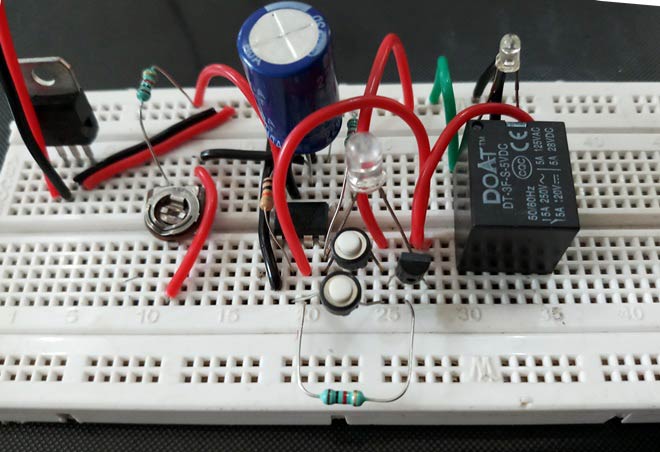


In the time delay mode both players receive an allotted ‘main thinking time’. The time saved by a player during one period is added to his time available for the next period, except in the ‘time delay’ mode. The Fide Laws of Chess state the following:Ħ.2. So does anyone know of a formal specification that addresses the starting time issue?Īlso, If anyone has experience with other clocks that implement Bronstein timing other than the DGT and Garde clocks I mentioned, do most clocks add the delay from the start like the DGT or just start counting from the set time like the Garde? I also couldn't find a FIDE rule that specifies how Bronstein timing should work. To me the DGT way seems more correct, but if it isn't really specified then I guess both clocks could be considered correct as it is ambiguous how it should be handled. So here is my question, I can't find any definitions of Bronstein timing that specify whether the delay should be added to the start time as DGT has implemented it and I can't find the text of David Bronstein's original proposal of this timing method to see if it specified how the start time should be handled. And in the case of a secondary time control, that would accumulate so that it would be shorter by 2xDelay. In the case of a clock like that, I believe the two timing systems aren't functionally equivalent in that the Bronstein timer would always run out sooner by the amount of the delay. (Note, jump to 2:37 to see the clock started) For example, the Garde clock shown in this YouTube video. I've also noticed that other clocks that implement Bronstein timing don't automatically add the interval time at the start. Note that the Wikipedia definition I linked to earlier doesn't make any mention of whether the delay interval should be added to the time at start. Note that the DGT clock shown using Bronstein timing starts by adding the delay to the initial time before counting down and that is an important factor in making the two timing systems equivalent. Now I think the fact that the two timing methods are functionally equivalent is proven quite convincingly in this YouTube video. By "Bronstein" and "Simple Delay" I'm referring to the timing methods described in this Wikipedia Article There seems to be some controversy on whether there is really any practical difference between Bronstein timing and Simple Delay timing.


 0 kommentar(er)
0 kommentar(er)
